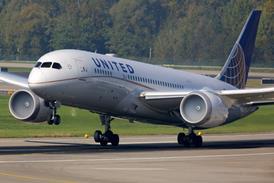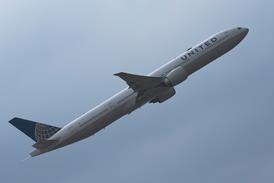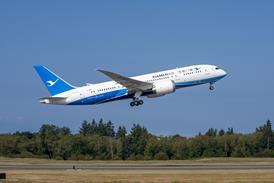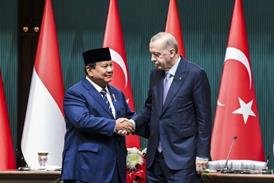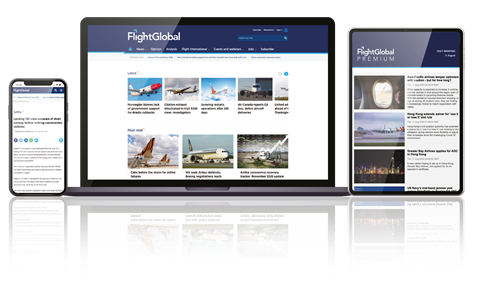Boeing plans to offer an F/A-18E/F Super Hornet with large-area cockpit displays similar to the Lockheed Martin F-35 Joint Strike Fighter as the company pursues new foreign sales from Canada to Japan.
The cockpit upgrade for the Super Hornet is intended to equalise one of the perceived advantages offered by the F-35's multifunction, touchscreen display, which measures 8 x 20in (20 x 51cm).
Boeing has evaluated a display with the same dimensions as the F-35, but found that pilots have preferred a larger 11 x 19in screen, says F/A-18E/F programme manager Mike Gibbons.
 |
|---|
© USAF |
The single display can be configured to digitally mimic the Super Hornet's existing cockpit layout, or allow pilots to overlay data from several sources on to a single screen, Gibbons says. The displays can be integrated into both seats for the F/A-18F.
The technology remains in developmental form, but can be integrated in time to meet the timelines for any future sales in foreign markets, he says. Boeing is evaluating bids from undisclosed suppliers to manufacture the displays.
The US Navy, however, has already rejected Boeing's overtures to retrofit the display on its fleet. Although Boeing believes the upgrade would reduce lifecycle maintenance costs, the service does not want to operate two different display technologies at the same time, Gibbons says.
The new cockpit display made its public debut at the Navy League exhibit hall in early May. Boeing also showed off the new technology in Ottawa in early June at the CANSEC conference and exhibition.
Boeing plans to offer the F/A-18E/F for Canada's requirement to replace its ageing CF-18 fleet later this decade. Canada has invested $150 million to participate in the F-35 development programme, but plans to stage a competition for the procurement contract.
Meanwhile, Boeing is also offering the Super Hornet to buyers in Brazil, Denmark, India, Japan and Kuwait.
The F/A-18E/F's first international buyer, Australia, has no plans to order the upgraded cockpit, having already received the first five of its 24 two-seat aircraft.
Source: Flight International

